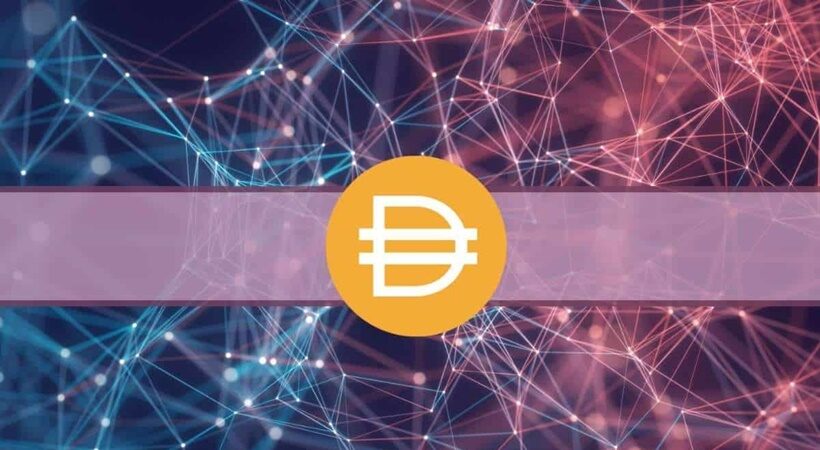By market capitalization, DAI is currently the fifth-largest Stablecoin and Tether (USDT) might still be the market leader. However, DAI has the advantage of being open-source and decentralized which is sought after by the DeF community
DAI Fortunes Shoot Up
Makerburn reports that MakerDAO’s DAI, a decentralized Stablecoin, has reached a total supply of $10 billion on February 8th, with 62% coming from Stablecoin collateral.
The DAI has emerged as one of the most trusted Stablecoins for decentralized trades over the last few years. MakerDAO’s native Stablecoin has grown multi-fold, despite Tether having the lion’s share of Stablecoins in circulation and comfortably being the standard Stablecoin for dollar-based crypto trades.
The transfer volume of DAI steadily increased toward the end of 2021. However, a recent Coin Metrics report noted that the trend shifted as the figures fell shortly thereafter. With the help of “bridges” between the different networks, a large amount of Stablecoin supply has been moved to sidechains or layer-2 eco-systems.
It is also vital to note that DAI has proven to be viable across a broad range of Ethereum-based decentralized finance (DeFi) protocols that utilize the token as a source of collateral or liquidity. Its use case was strengthened following the spike in cryptocurrency volatility.
The Dai Stablecoin is based on Ethereum and stabilized to the USD value. It is pegged 1:1 with this currency through a system known as the Maker (MKR) Dai Stablecoin System.
DAI Captures Investors’ Imagination In Argentina
Argentina’s perpetual crisis from high inflation coupled with capital controls paved the way for the US dollar to become the most sought-after foreign currency. However, DAI has managed to capture the investors’ imagination.
Bitcoin is still Argentina’s preferred cryptocurrency, but DAI isn’t far behind. Maker Foundation’s Mariano Di Pietrantonio had previously stated that Stablecoin had become “a popular store of value” in the country.
Since most merchants do not accept Dai yet, it is not yet commonly used for everyday purchases, such as groceries. The people are storing their savings in Dai and then converting their Dai back to their local currency as per the requirements. They are trading Dai in different ways in person, through bank transfers, and so on.



















